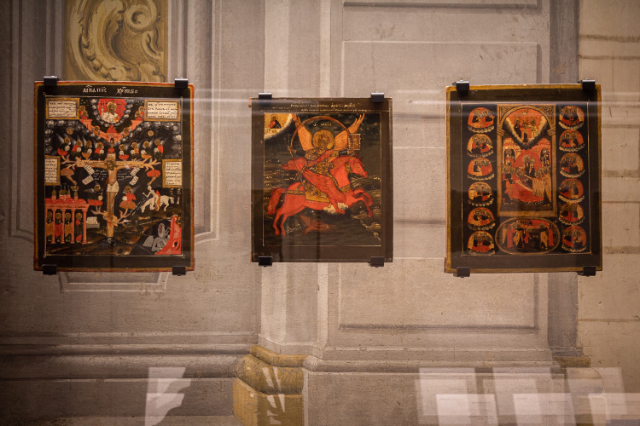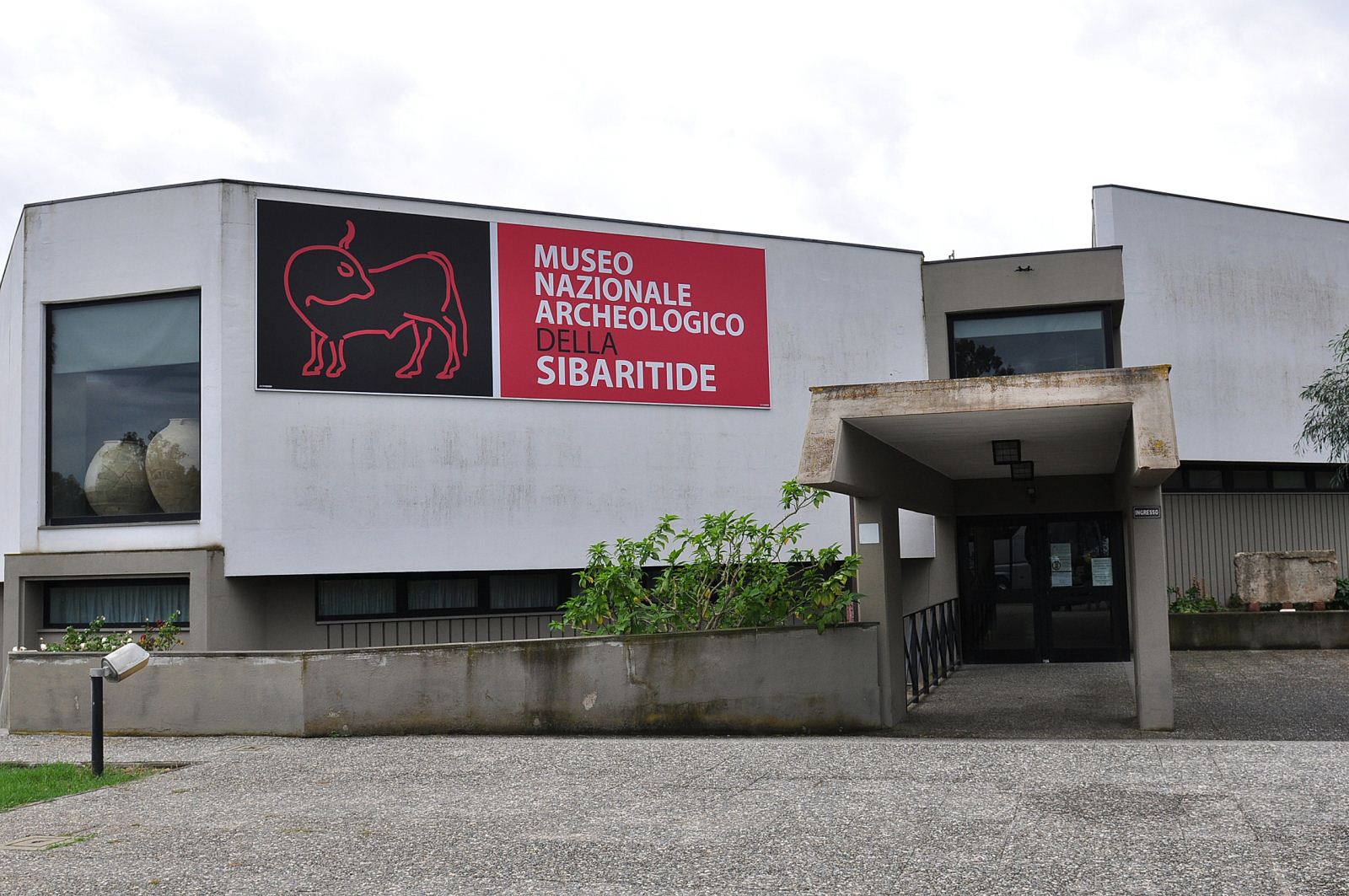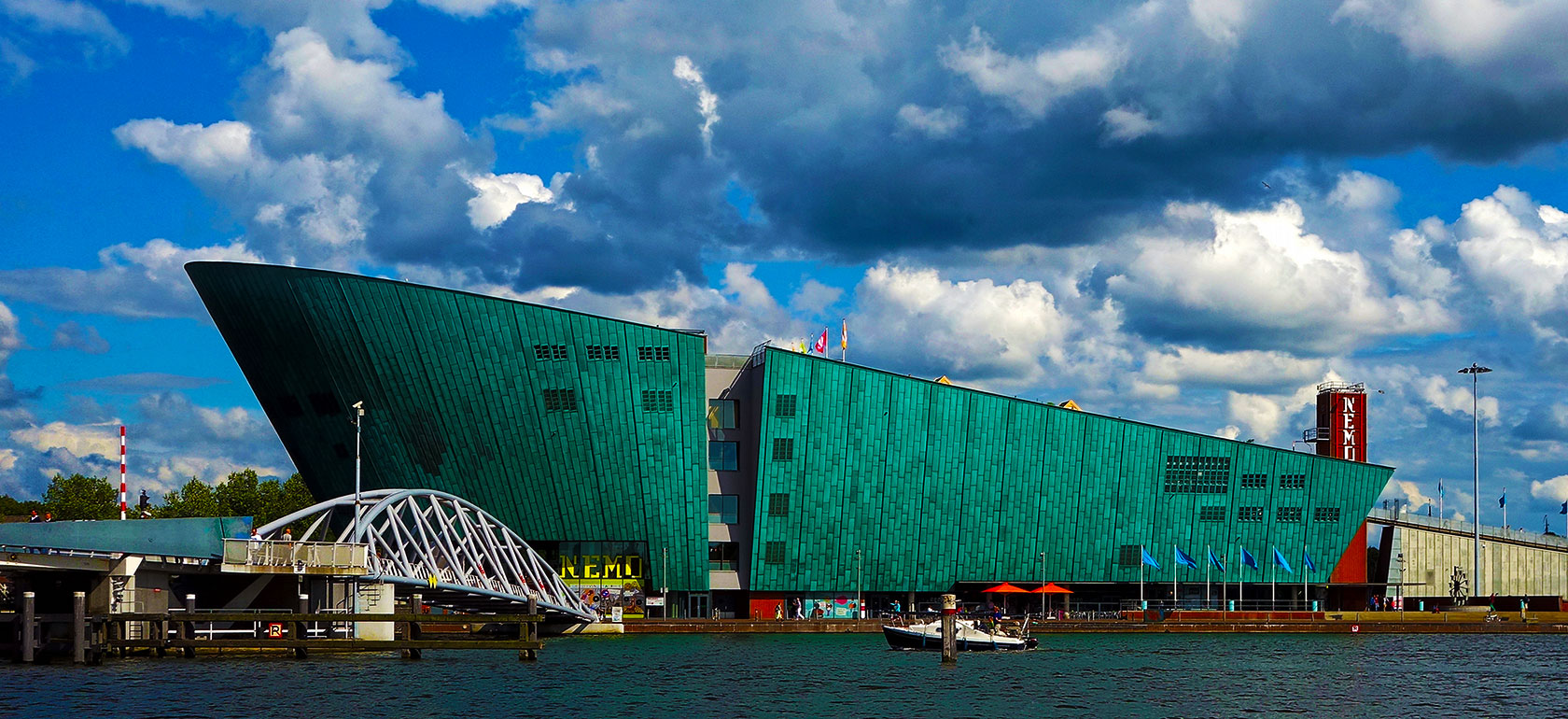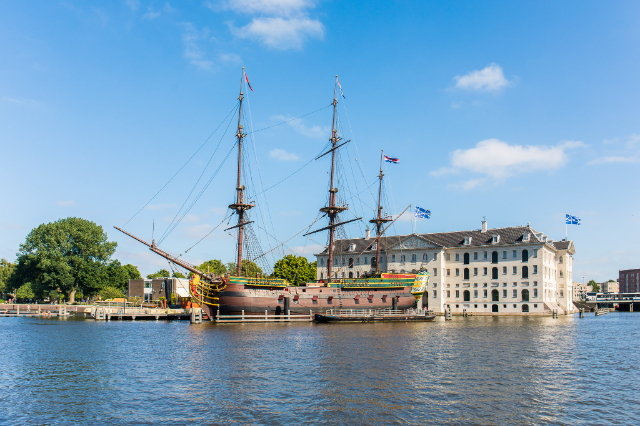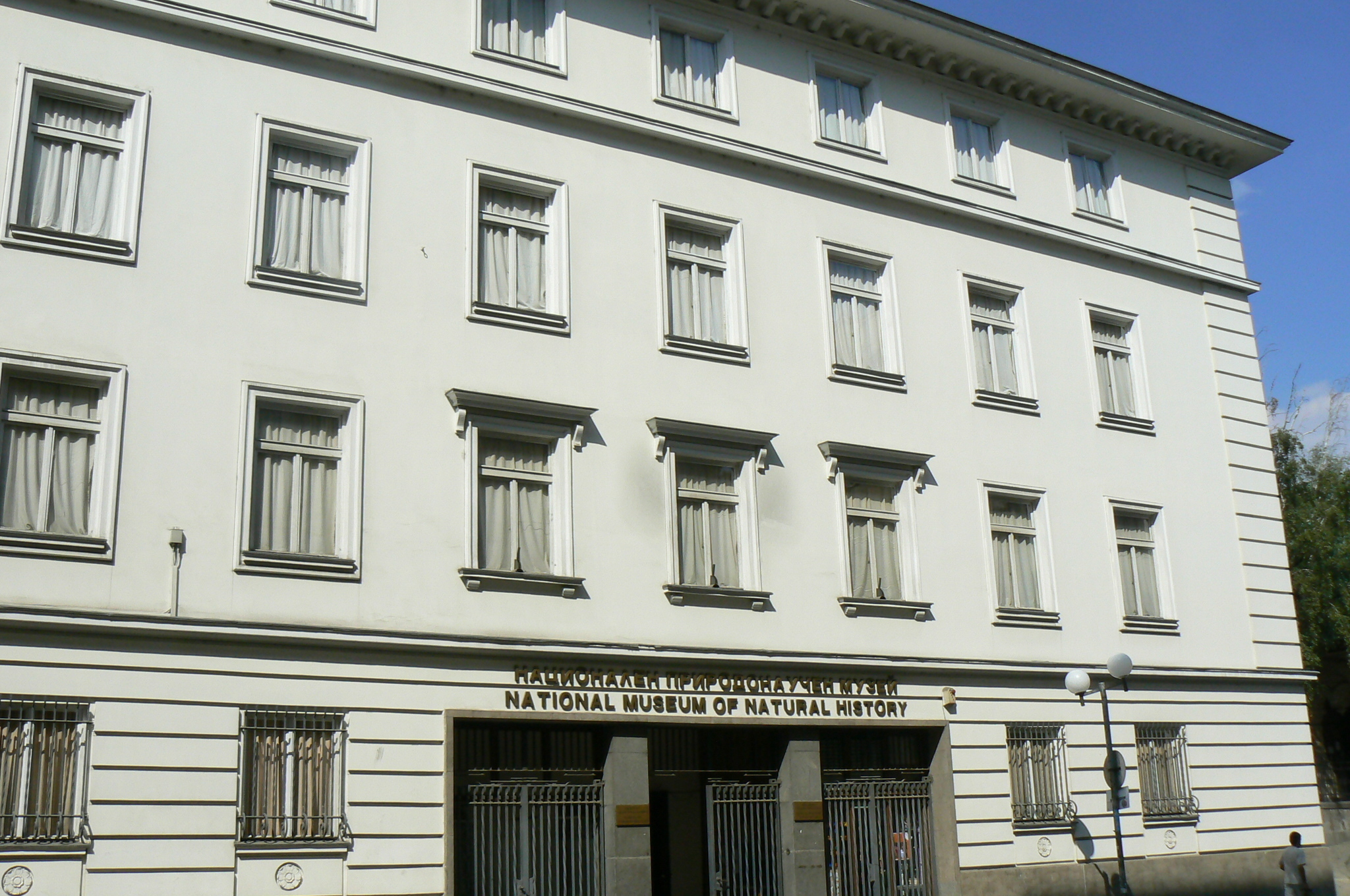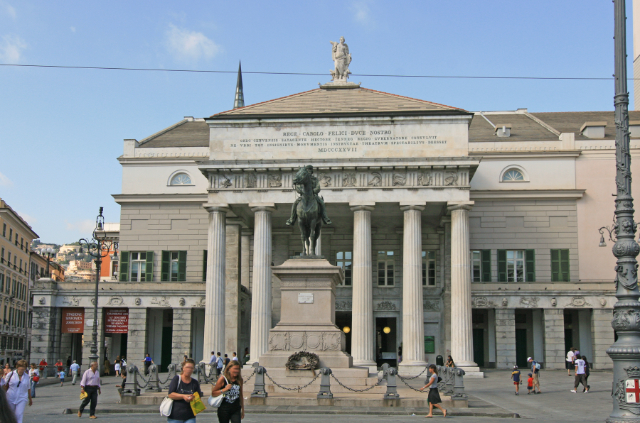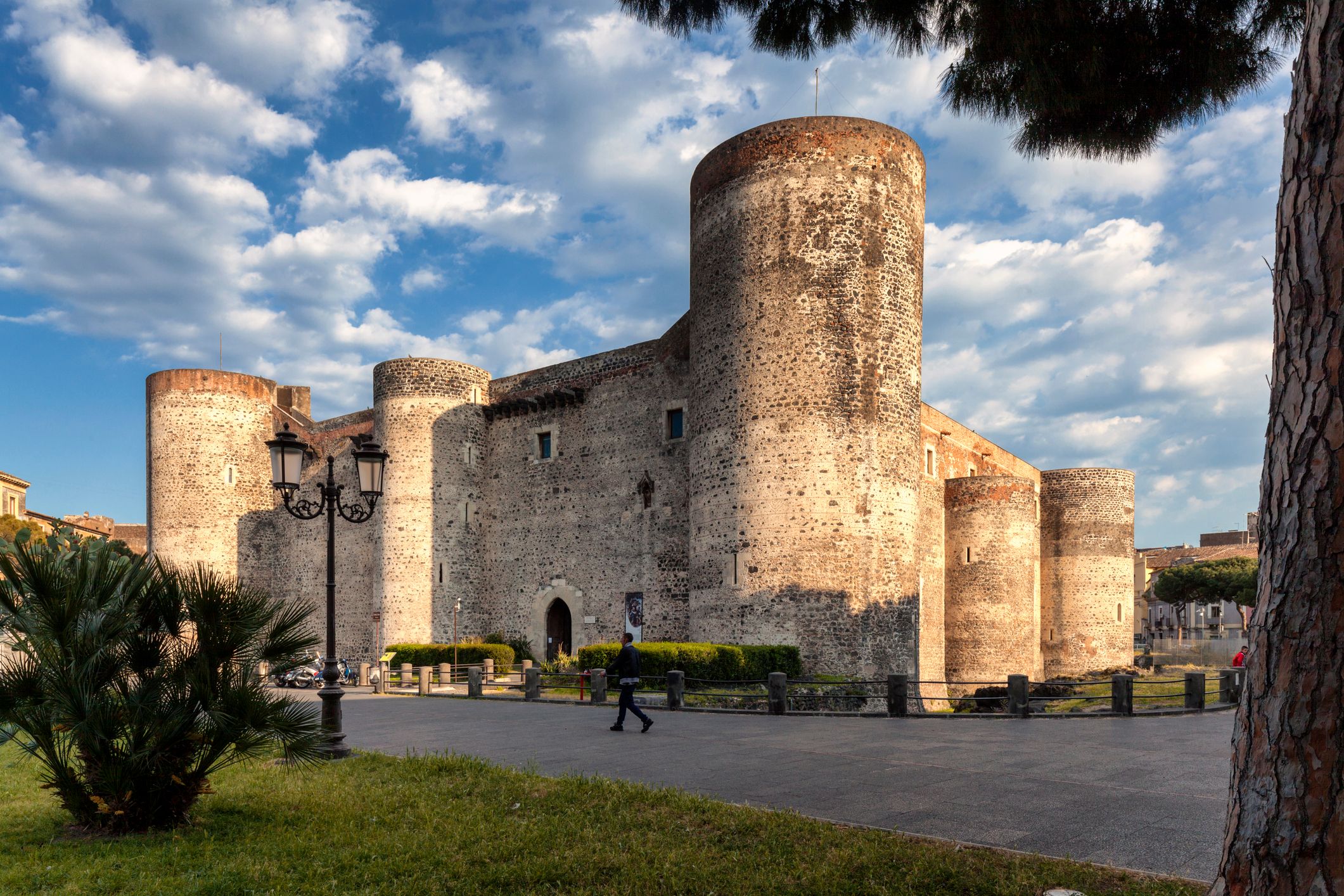The set of 78 icons constitutes the oldest collection of its kind in the world outside Russia and dates largely to the second quarter of the 18th century.
The collection of 78 Russian icons, already collected in Florence by the Medici and especially the Lorraine families during the 18th century and the following century, is displayed on the ground floor of the Pitti Palace in the rooms that were part of the summer apartment.
Among the most valuable works in the collection are the two panels that make up the Menologio, the calendar of Orthodox religious holidays divided by semesters: each panel consists of twenty horizontal rows with sacred scenes and figures of saints, each identified by an inscription.
The icon with St. Catherine of Alexandria, can be dated to 1693-1694 thanks to the punch in the silver-gilt oklad. The martyr princess is depicted with attributes very similar to those depicted in Western art: the palm and wheel of martyrdom, books and armillary sphere alluding to her vast knowledge. The work is attributed to the atelier of the Palace Armory, the workshop that worked at the tsar’s court in the Kremlin Palace in Moscow, and is akin to the style of Kiril Ulanov, one of the best-known masters between the 17th and 18th centuries.
Only one specimen in the Florentine collection is known to be the author, Vasily Grjaznov, who signed the icon of the Mother of God of Tichvin, dated July 16, 1728. It is a replica of the miraculous image that according to tradition appeared in 1383 in Tichvin, Novgorod territory. In the painting, the date is inscribed according to the Western system, which was introduced in Russia by Tsar Peter the Great (1672-1725) along with Arabic numerals and the Julian calendar, replacing the Byzantine calendar in use until then.
The oldest specimens in the collection are the icon depicting the Mother of God, of the type called "In you let every creature rejoice," and the one with the Beheading of the Baptist.
